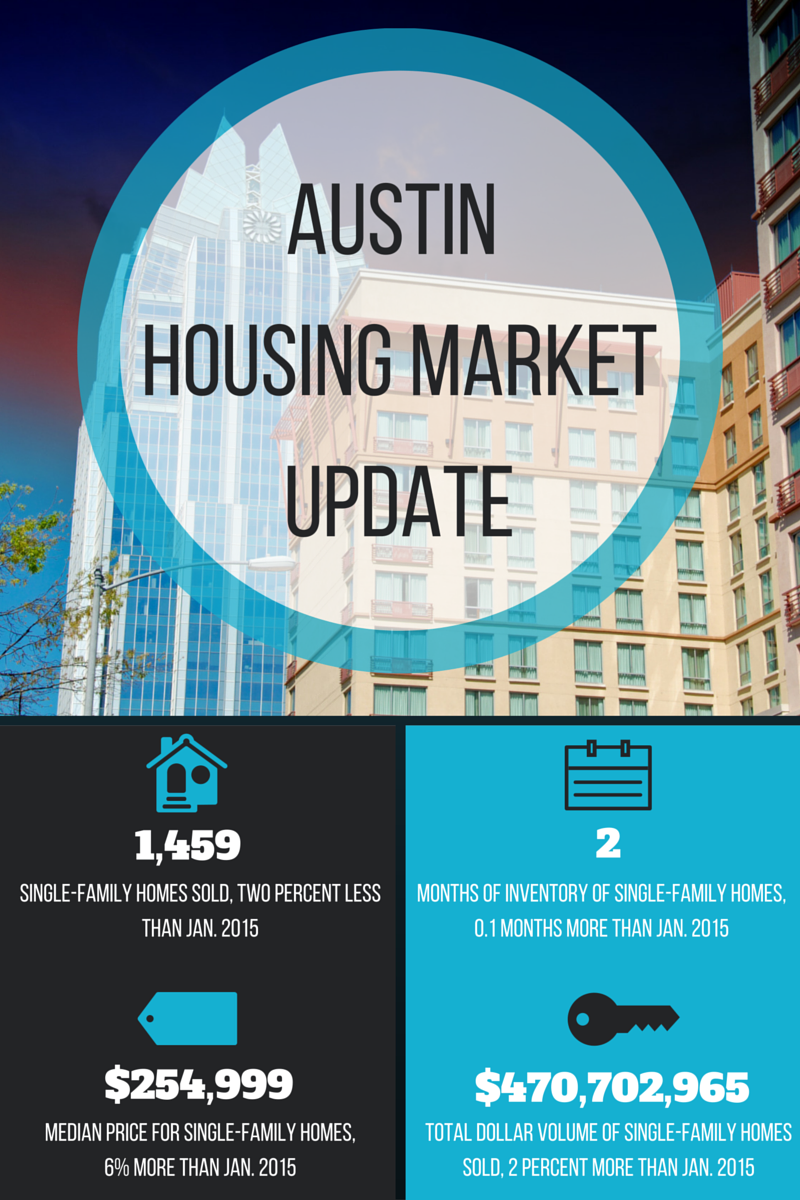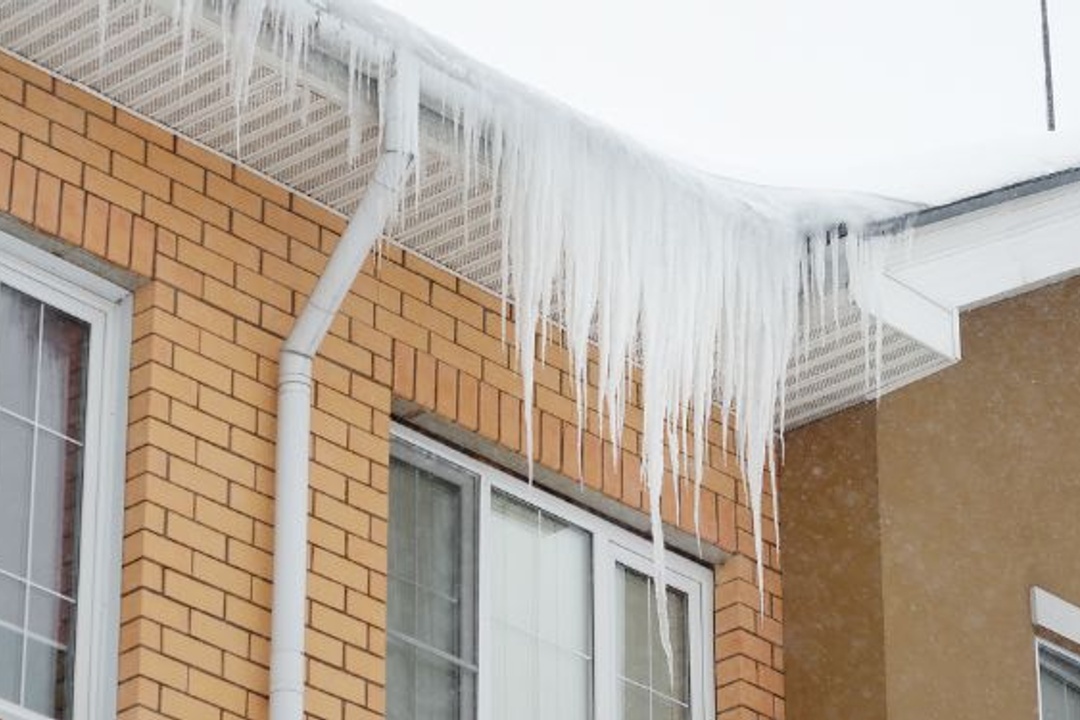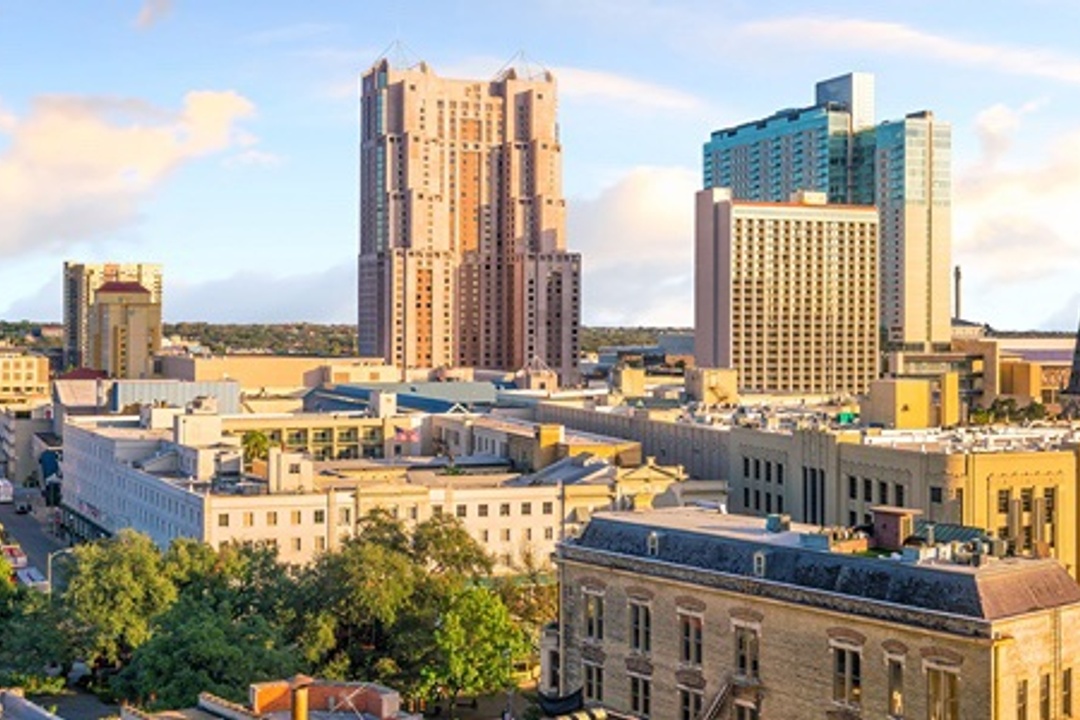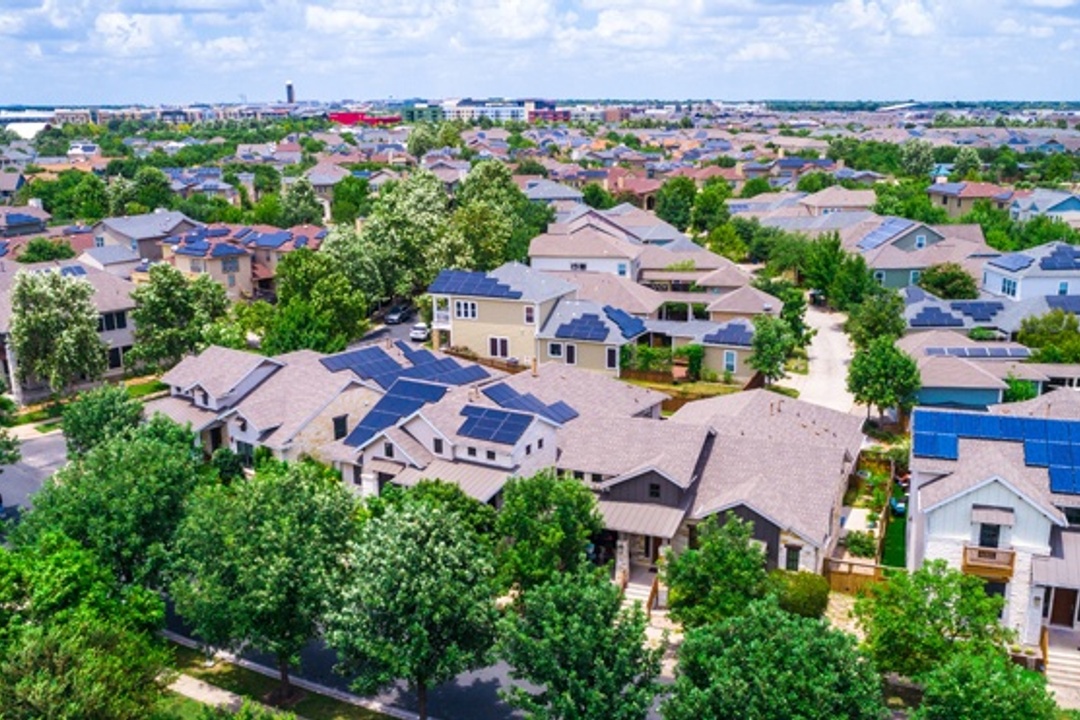

Low inventory of Austin-area homes has been affecting home prices for the past few years, but it seems now that it’s starting to affect home sales as well. Home sales actually dropped 2% to 1,459 in January 2016, which, according to the Austin Business Journal, may be due to a change in the way market data is tracked. They also say it appears that sales could rebound significantly in February, based on the large increase in pending sales.
Still, the Austin Board of Realtors (ABoR) warns that affordability in the Austin area remains a significant issue. In their monthly marketing stats report, ABoR president Aaron Farmer says, “If we’re going to successfully address our city’s continued affordability issues, we all need to work together. We’re excited that several business owners and community leaders are stepping up and bringing new, tangible solutions to the table to help alleviate some of the challenges.”
Several developers and city officials are working together to come up with viable solutions for the affordability crisis such as workforce housing projects or subsidized housing for families who make 80 percent or less of median family income.
The median price for a single-family home in the Austin area hit $254,999, which is 6% more than January 2015. While this is a high number for our area, it’s important to remember that this is still much lower than several of the hottest markets in the US. The abundance of jobs, especially in the tech industry, still makes Austin one of the most sought after places to live in the country.
Because of this, Austin-area housing inventory remains extremely low at 2.0 months in January 2016, which is well below the 6.5-month level that the Real Estate Center at Texas A&M sites as a balanced housing market. Homes spent an average of 56 days on the market, which is seven days fewer than this time last year. New listings, active listings and pending sales all went up around 1% in the past month.
Despite the dip in home sales, the total dollar volume of single-family properties rose 2% to 470.7 million dollars in January 2016. This is likely due to the fact that home prices continue to increase. “Inventory has fallen below three months for three years, and while we’ve seen this affect home prices for months, it’s possible that we’re now seeing it affect home sales,” added Aaron Farmer in ABoR's housing report.
Some of these stats can seem conflicting and confusing for people living in Austin which is why it is more important than ever to enlist the help of a real estate professional before entering the market, whether it be as a buyer or seller. Understanding where the housing market is heading could mean the difference between owning a home and getting priced out of certain areas!










